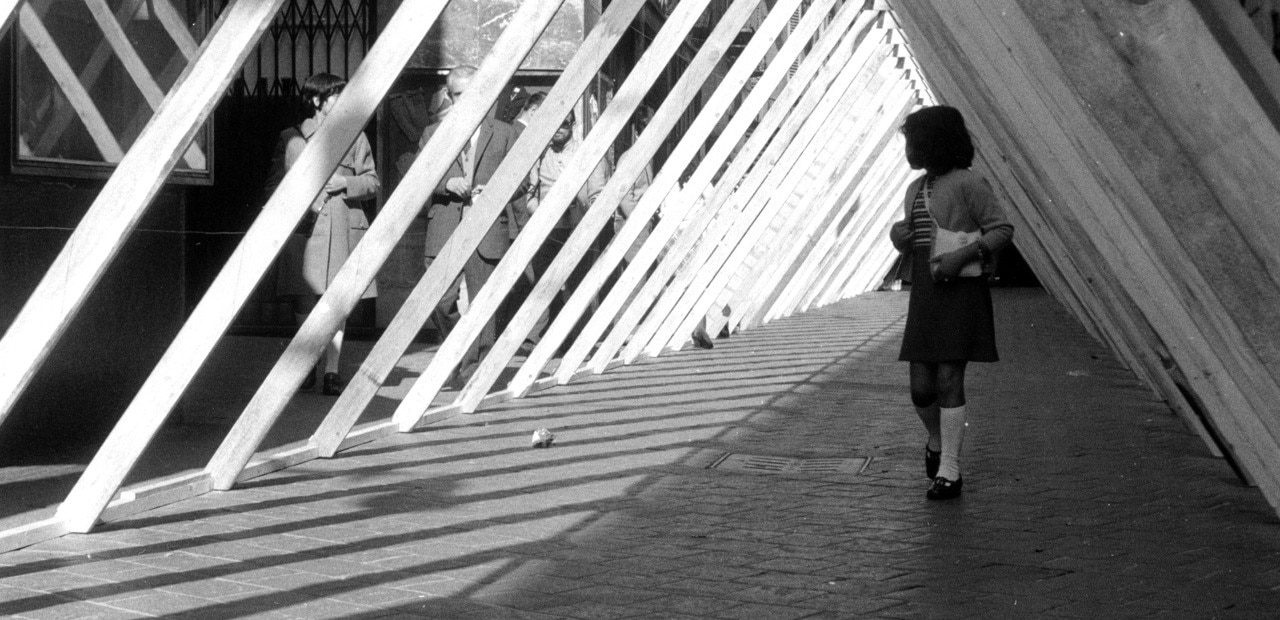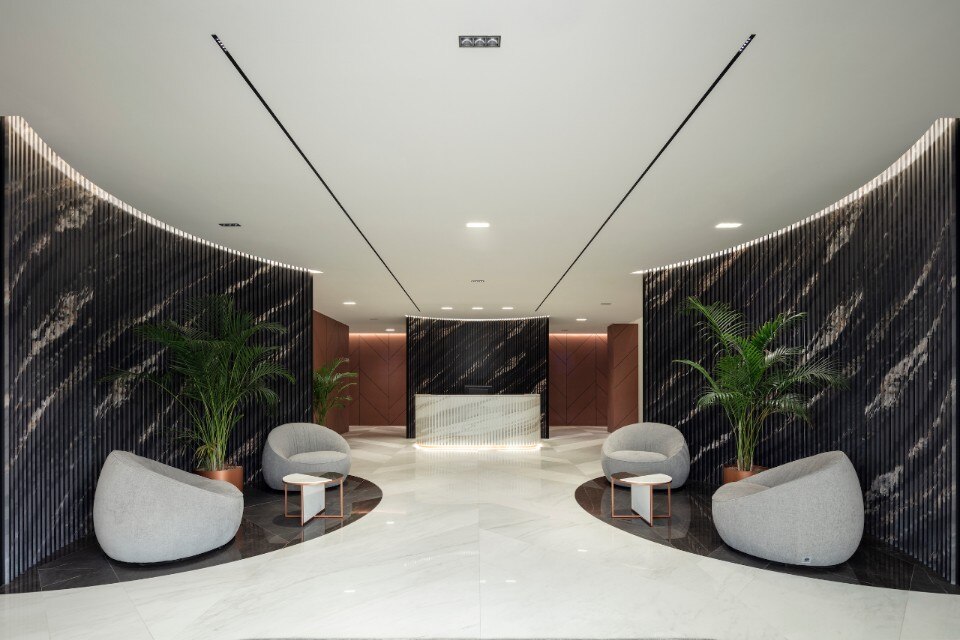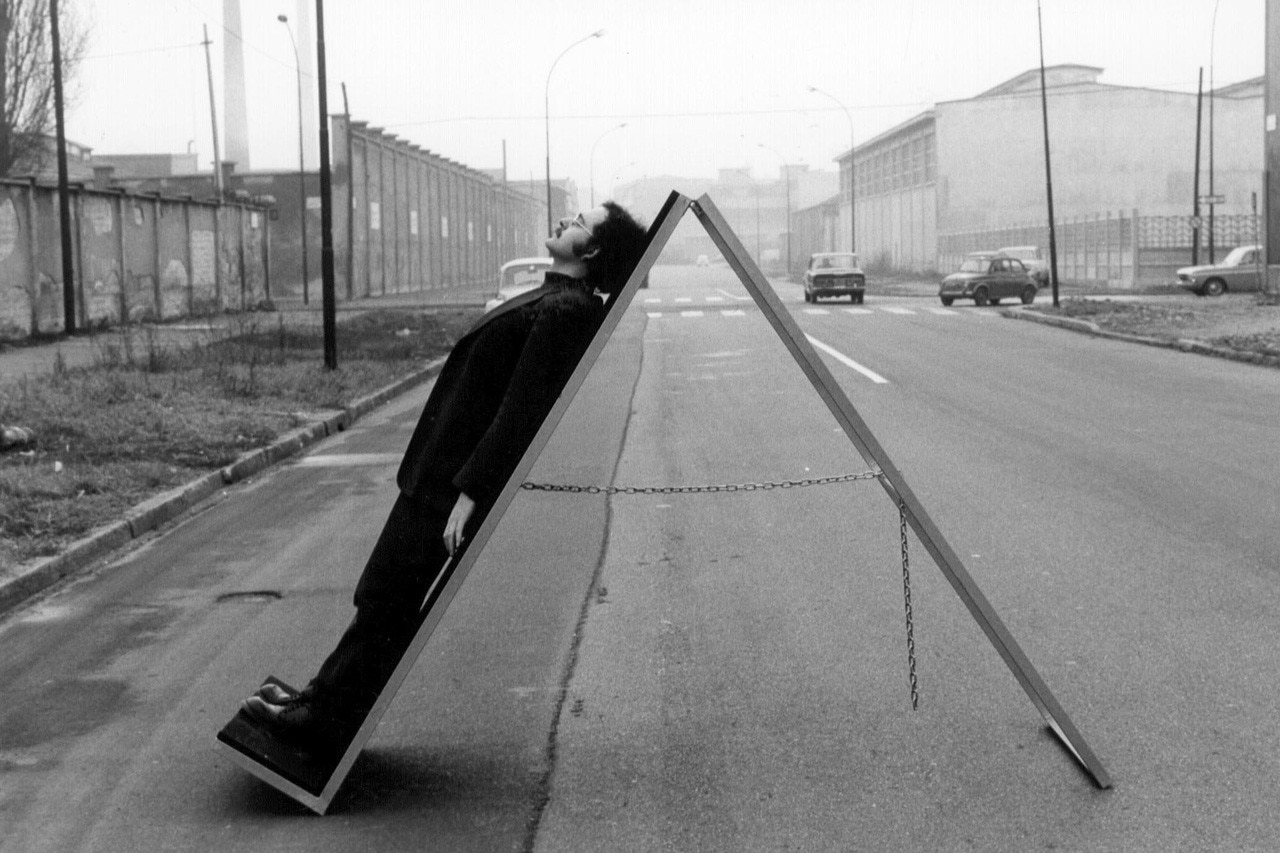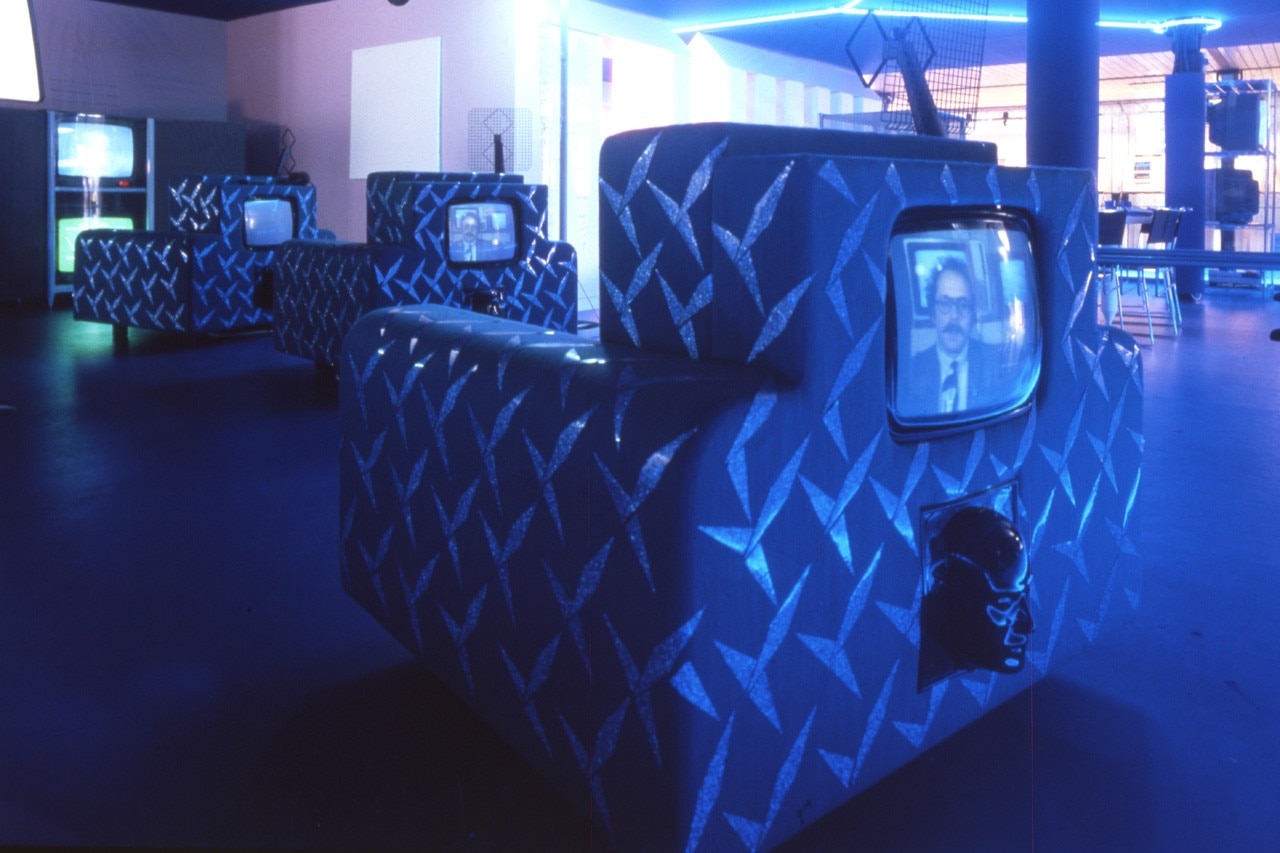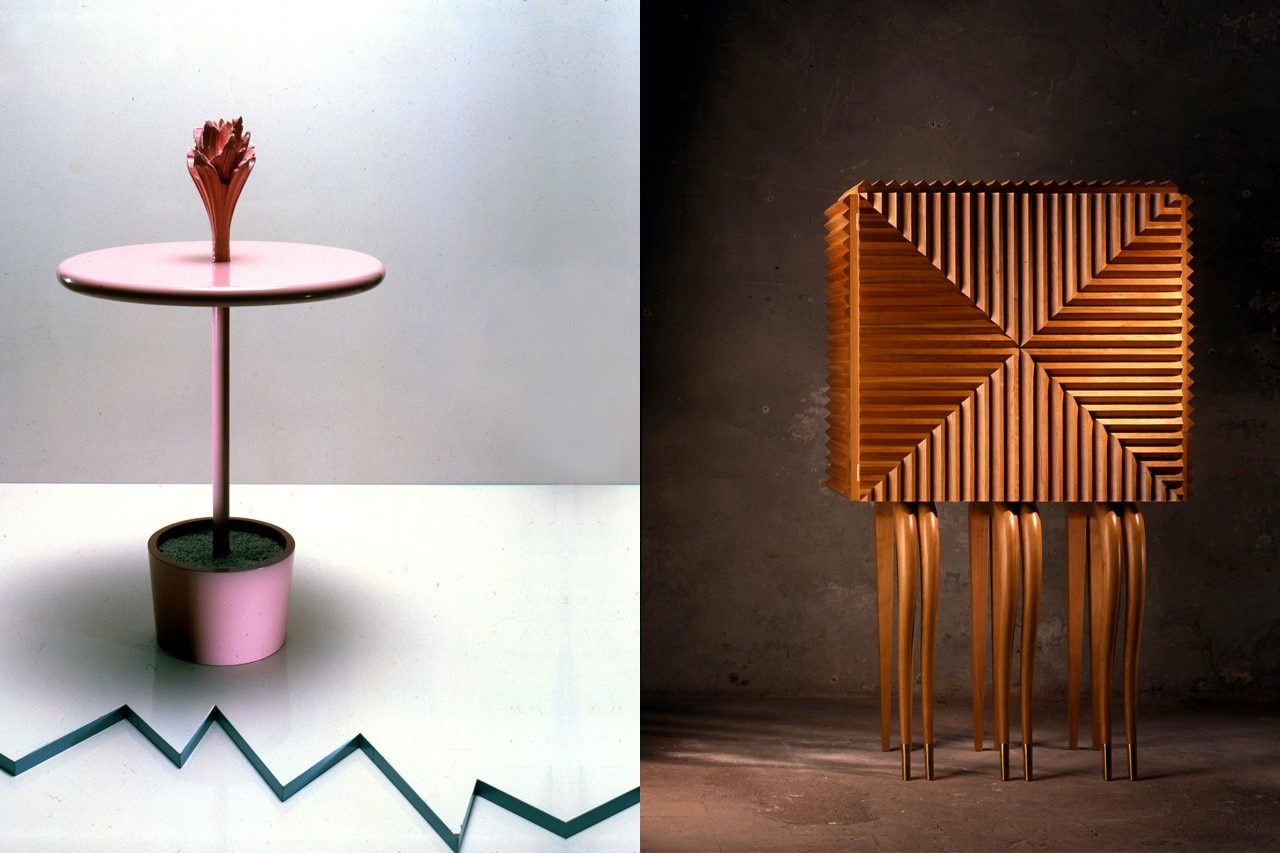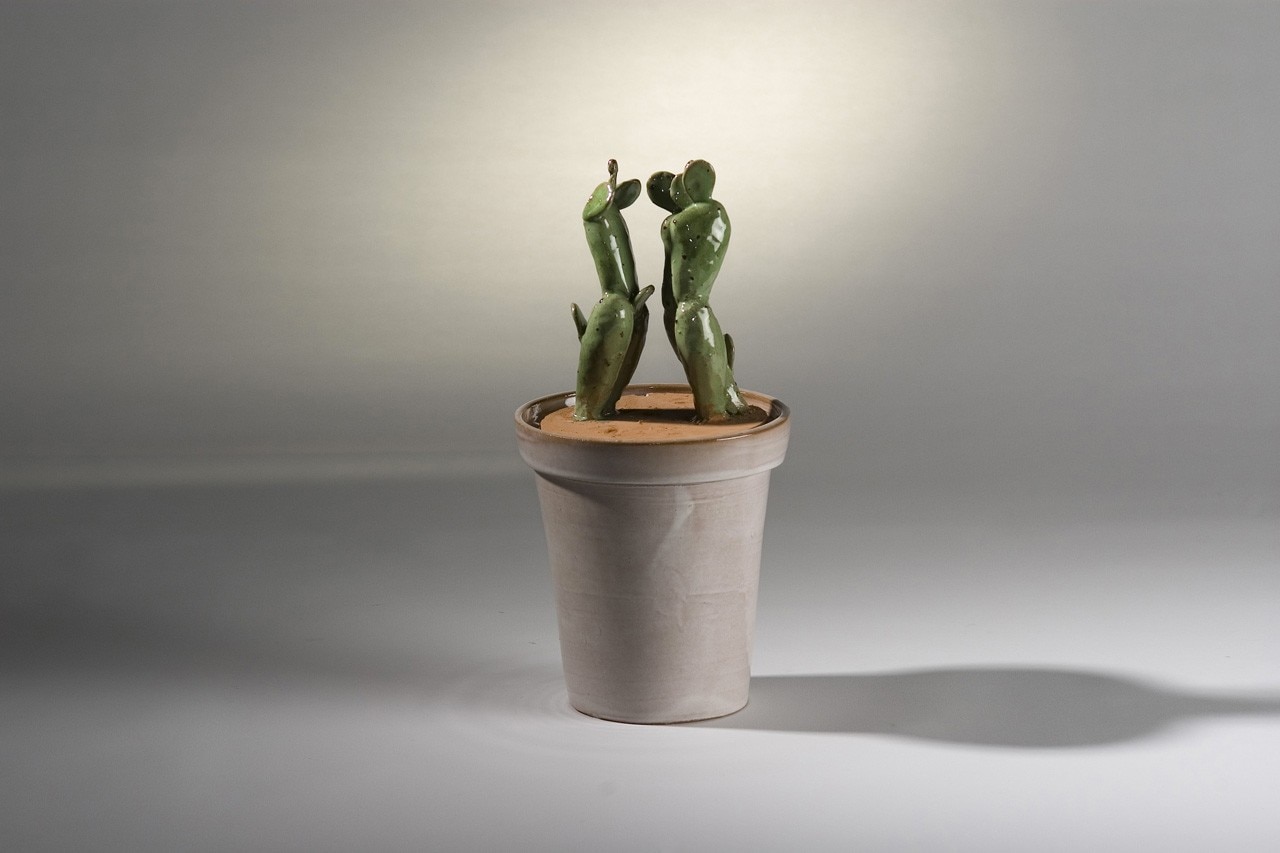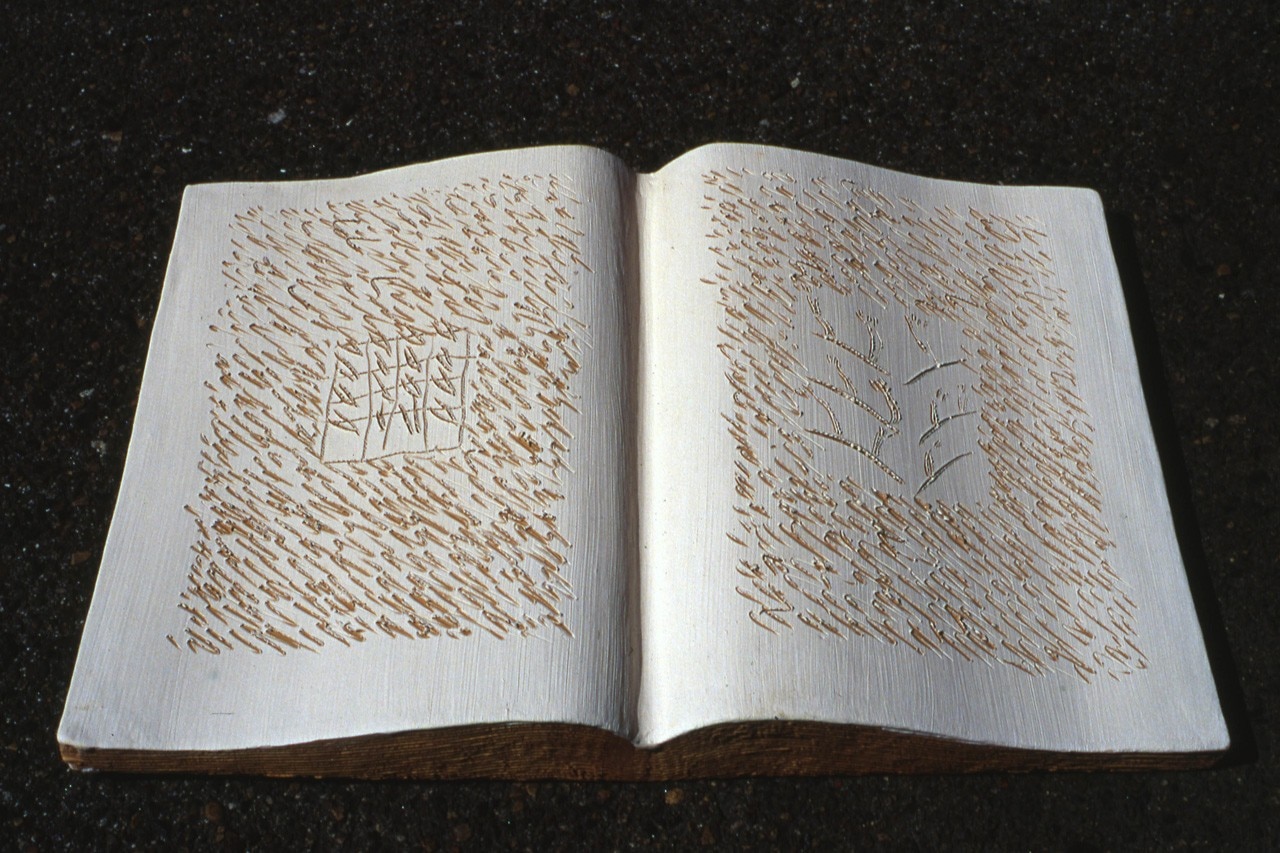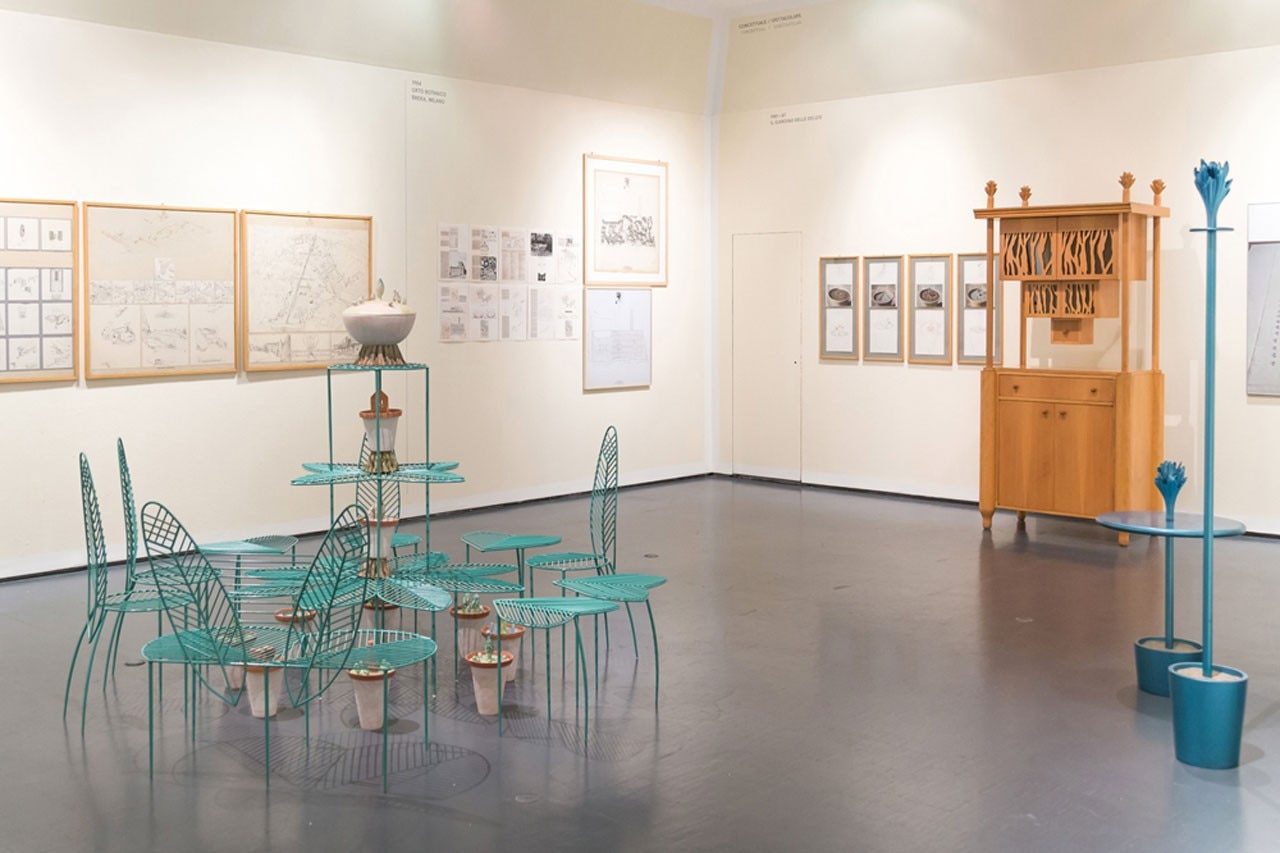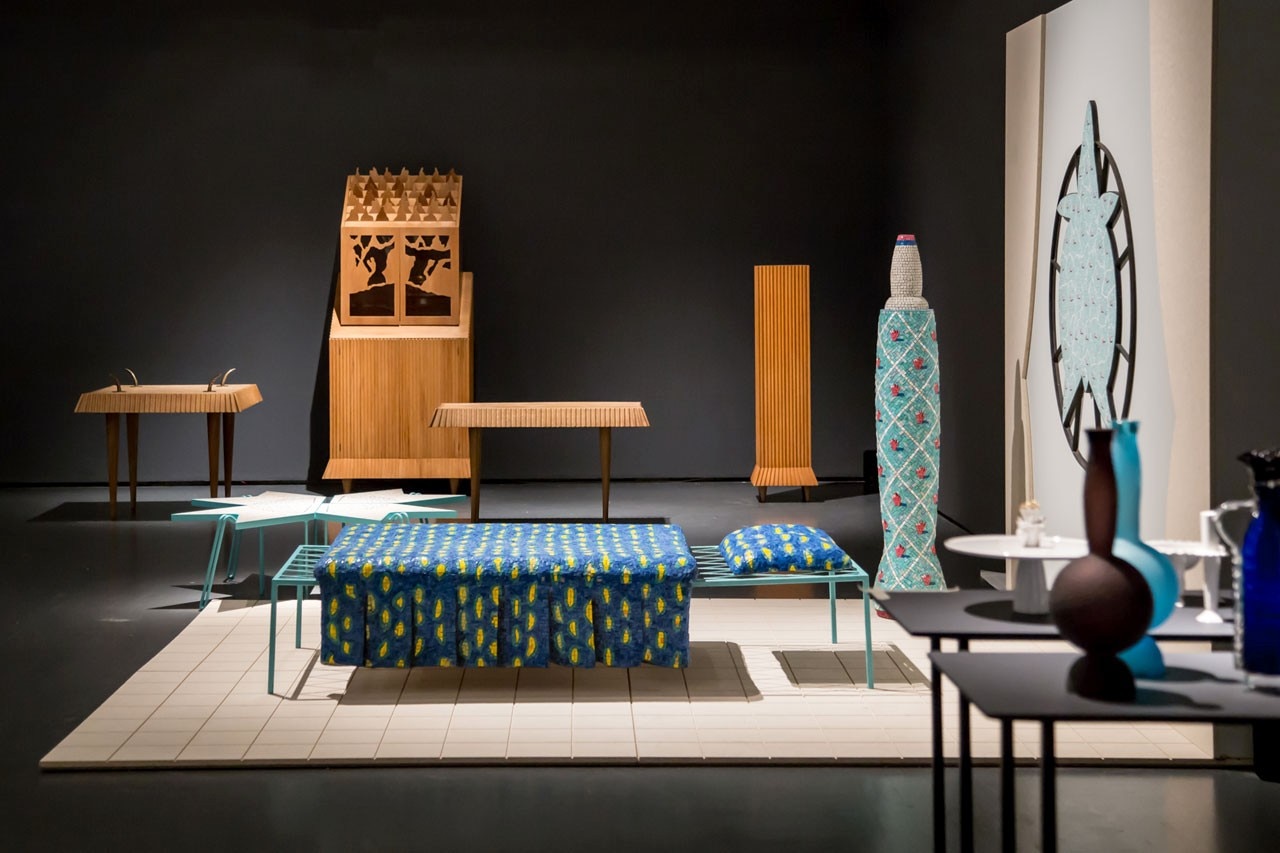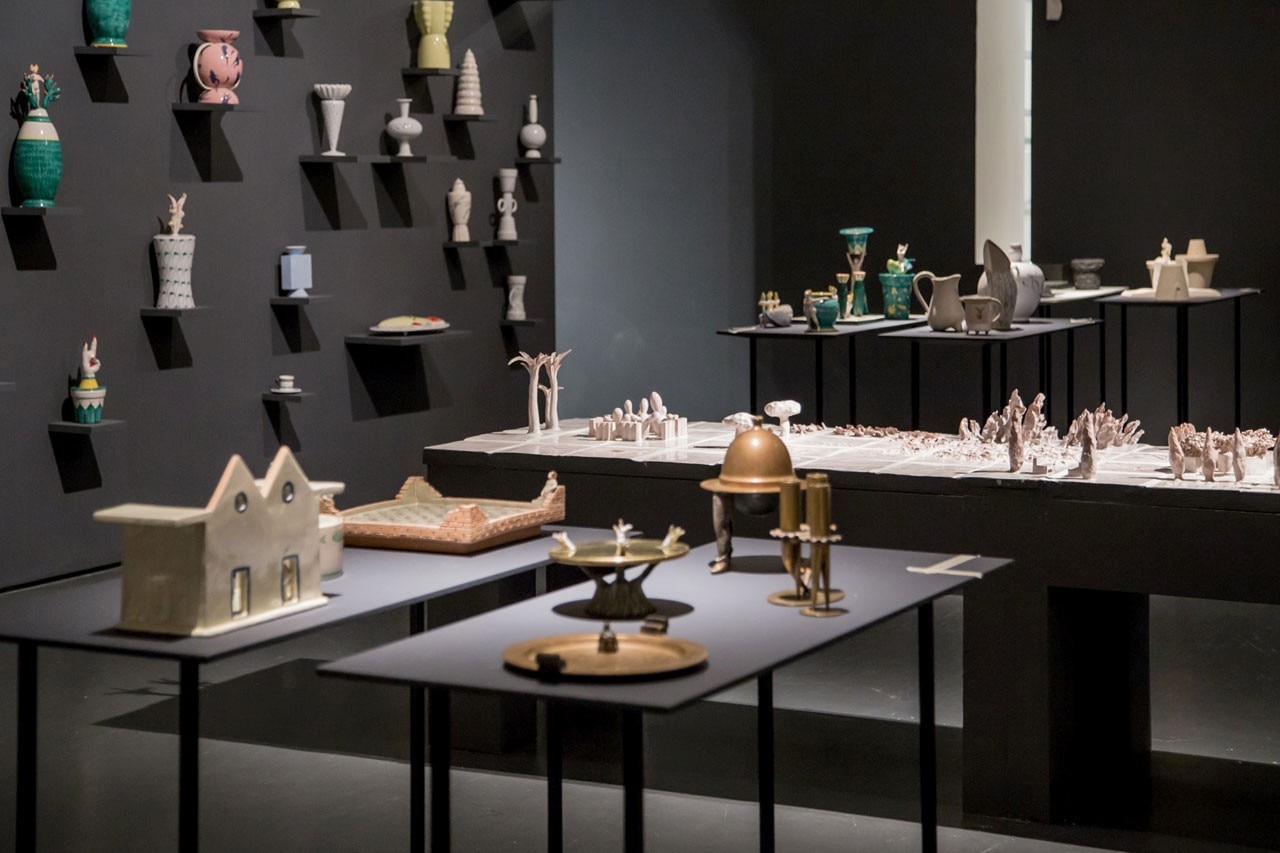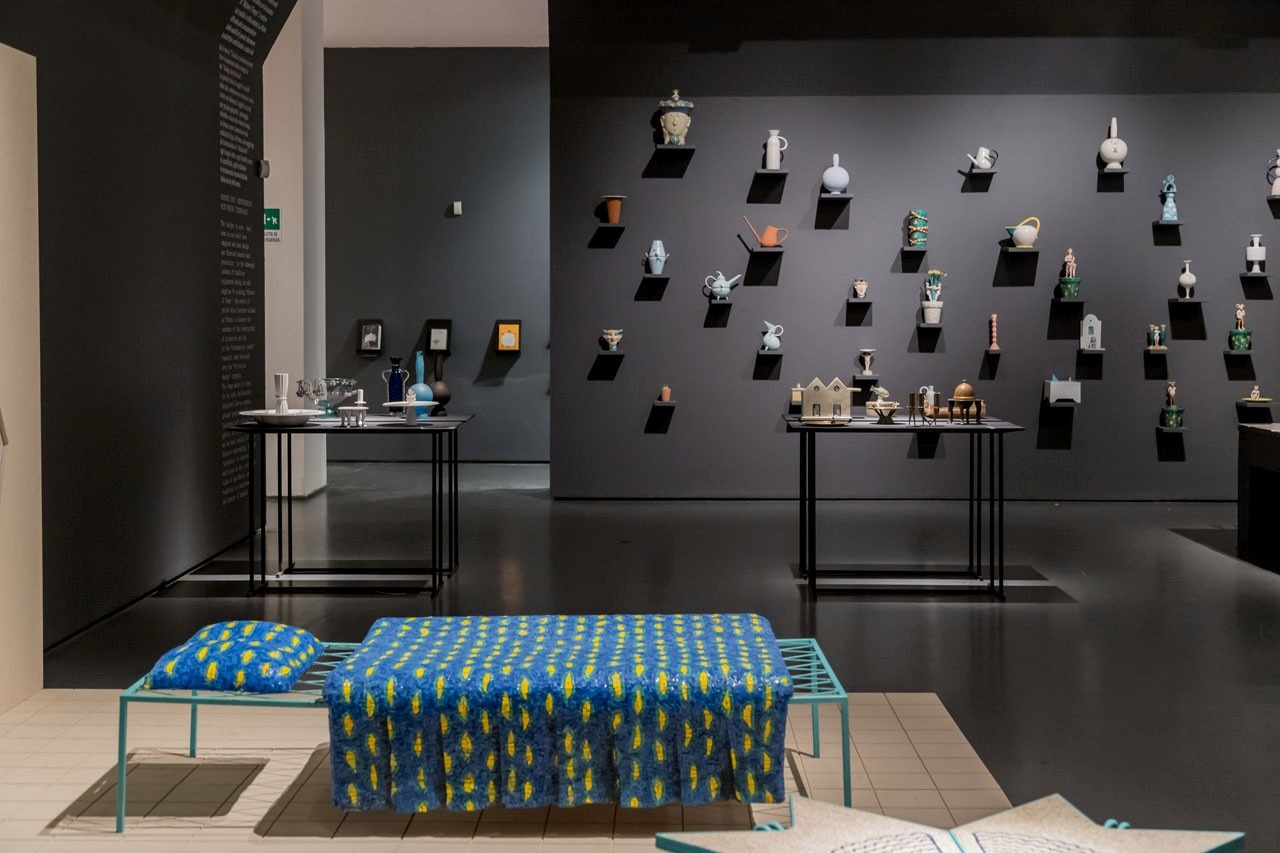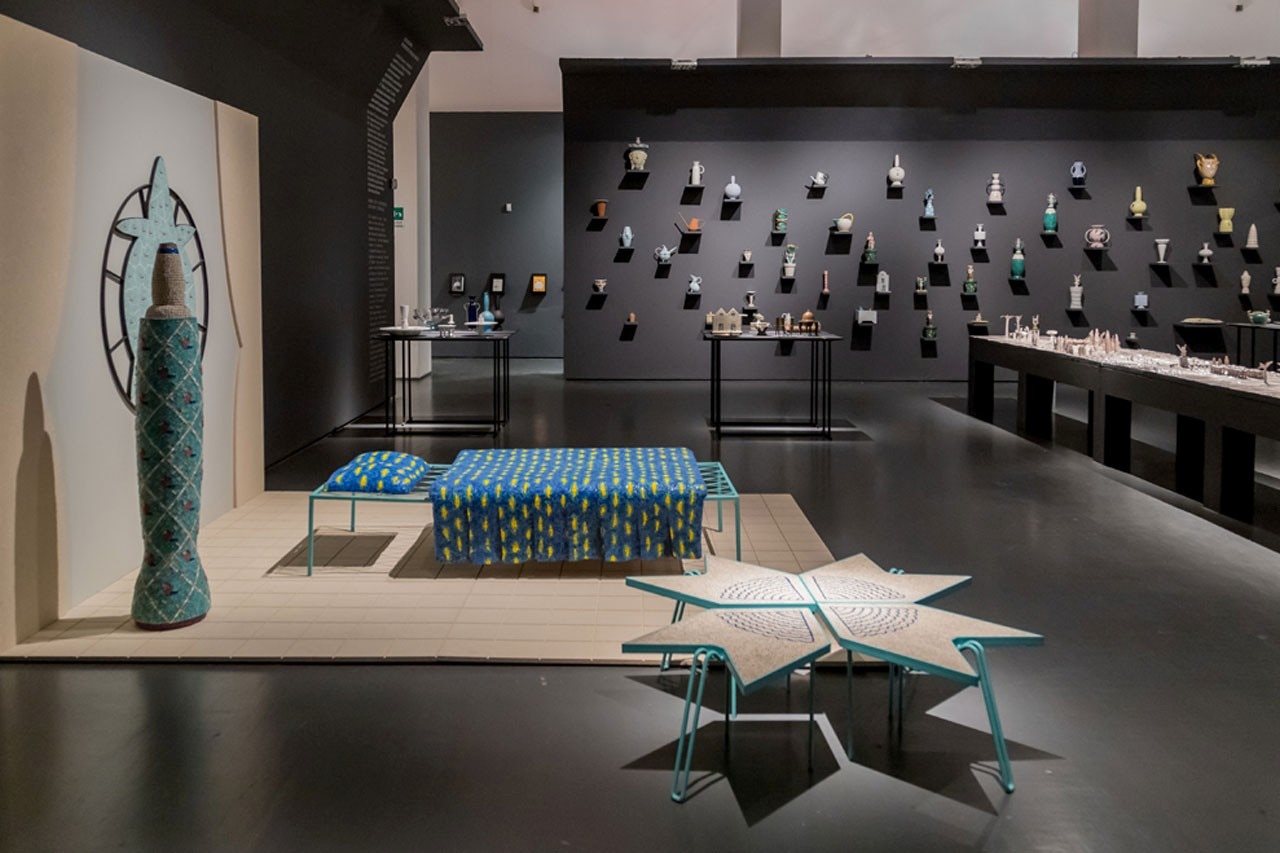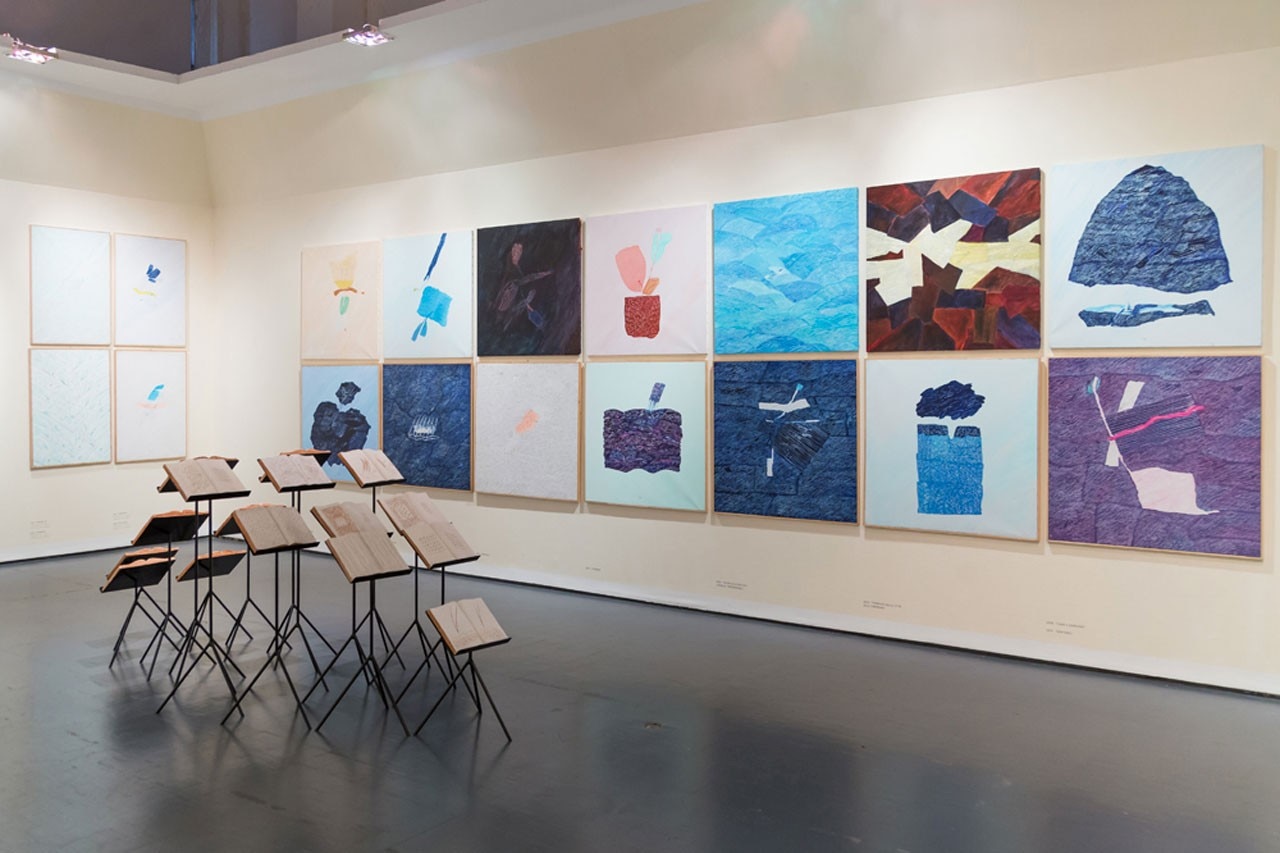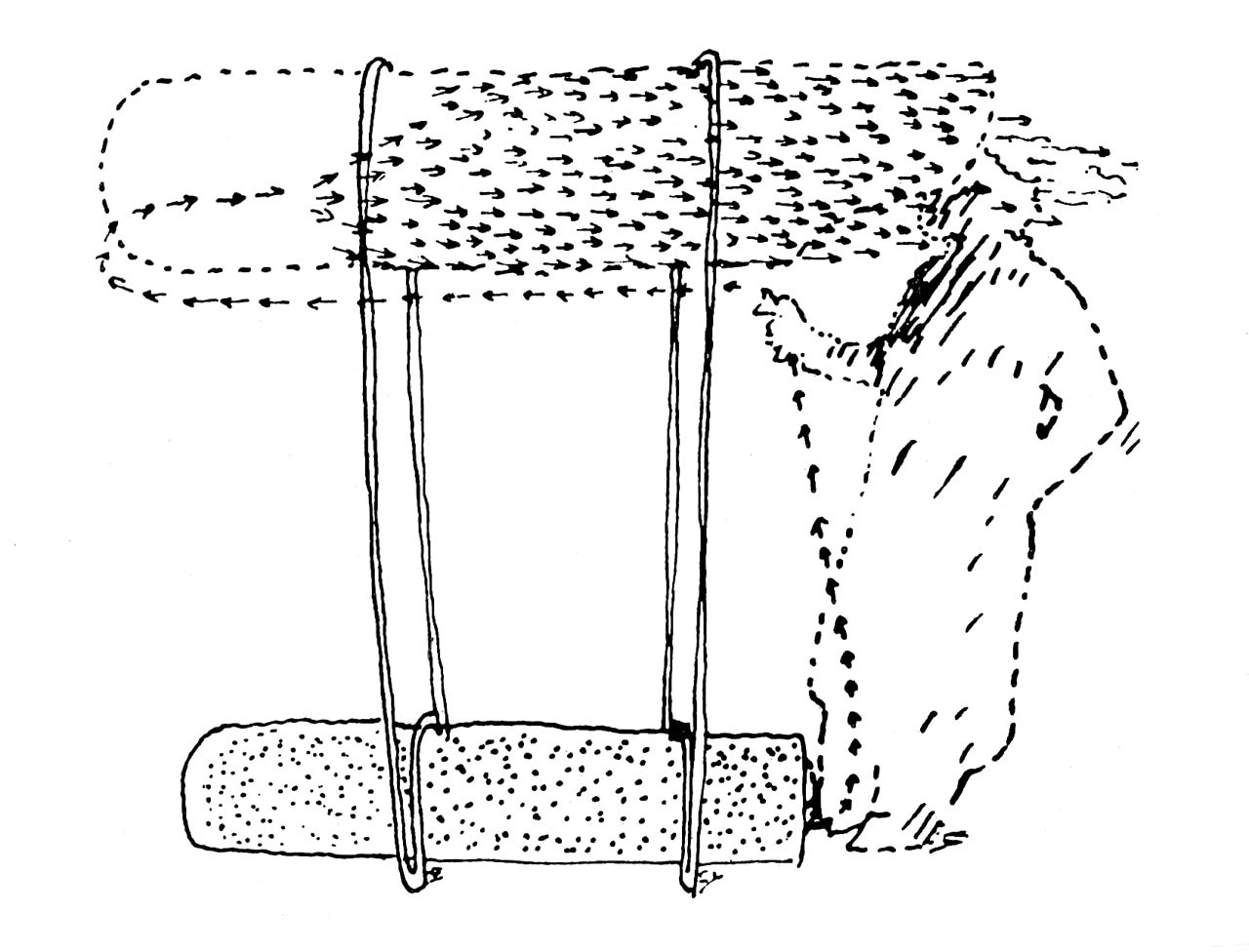
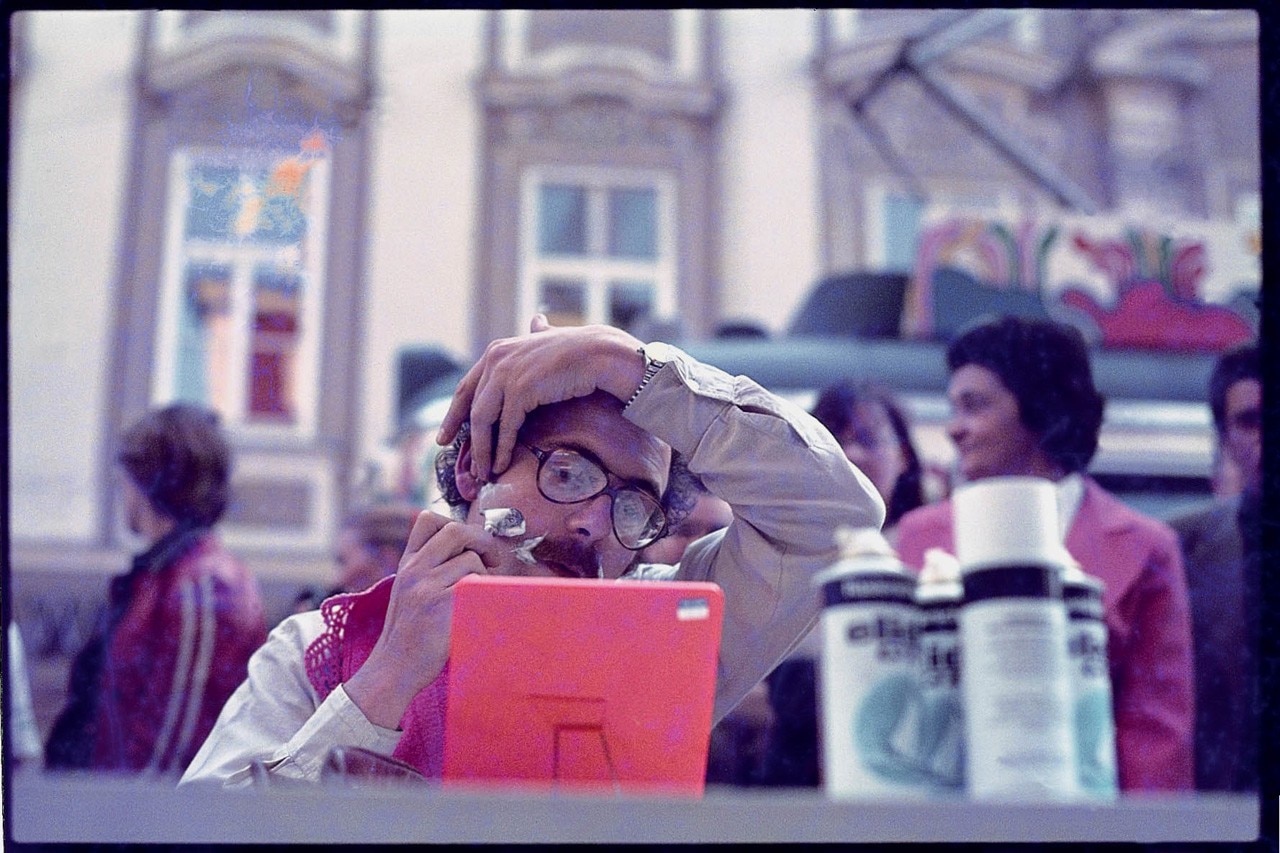
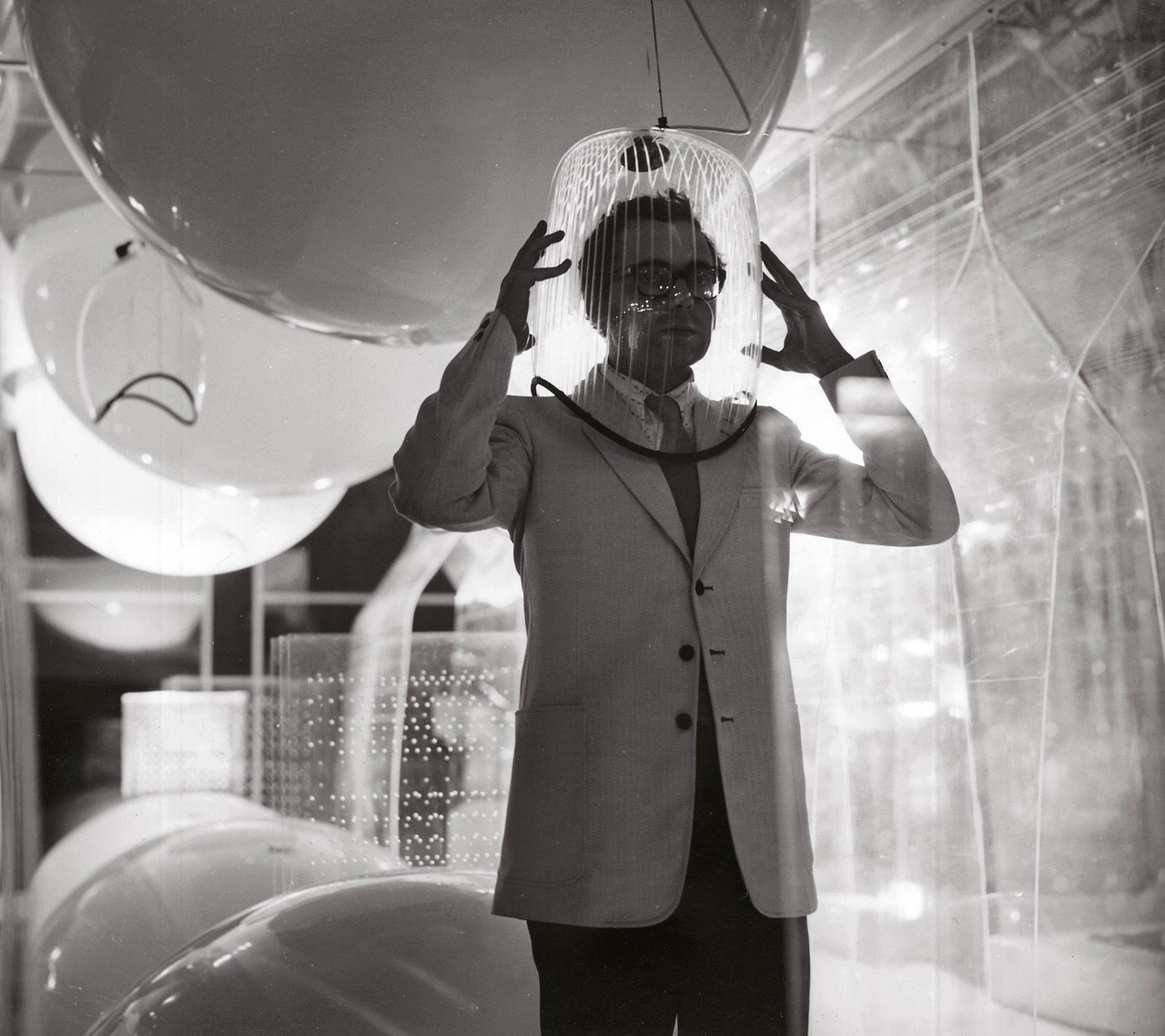
With more than 1.000 objects, the exhibition display follows a journey that starts out from the conceptual origins of his ideas to tell a story – through research and experimentation, objects and settings – which extends from the individual towards observation and reappropriation, and to the design of space and reality.
Accompanied by audio-visual materials, a huge number of works and documents help create a cosmology of design which emerges from a global vision of Ugo La Pietra’s work.
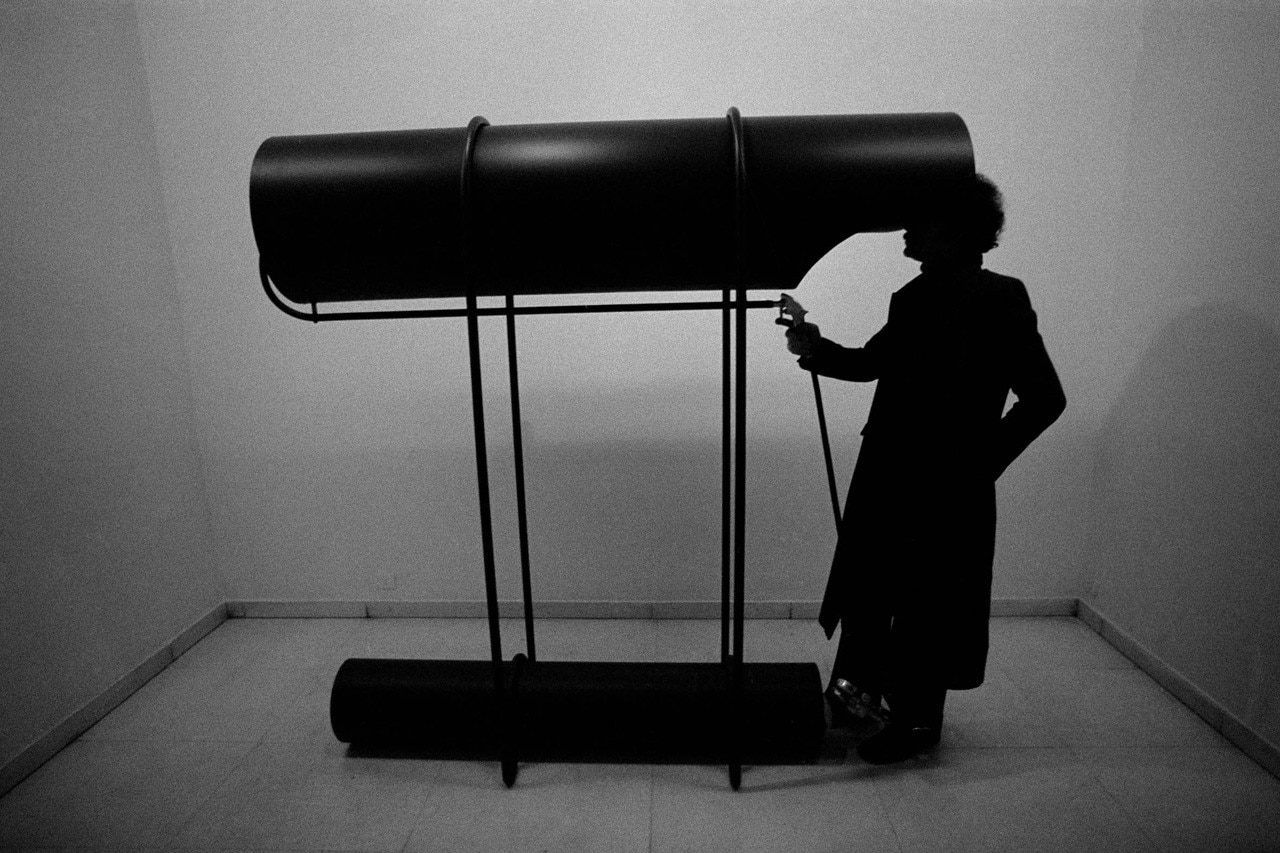
from 26 November until 15 February 2015
Ugo La Pietra
Triennale di Milano
Curated by: Angela Rui
Exhibition design: Ugo La Pietra
Graphic design: POMO
Videoinstallation: Lucio Lapietra
Catalogue Corraini Edizioni
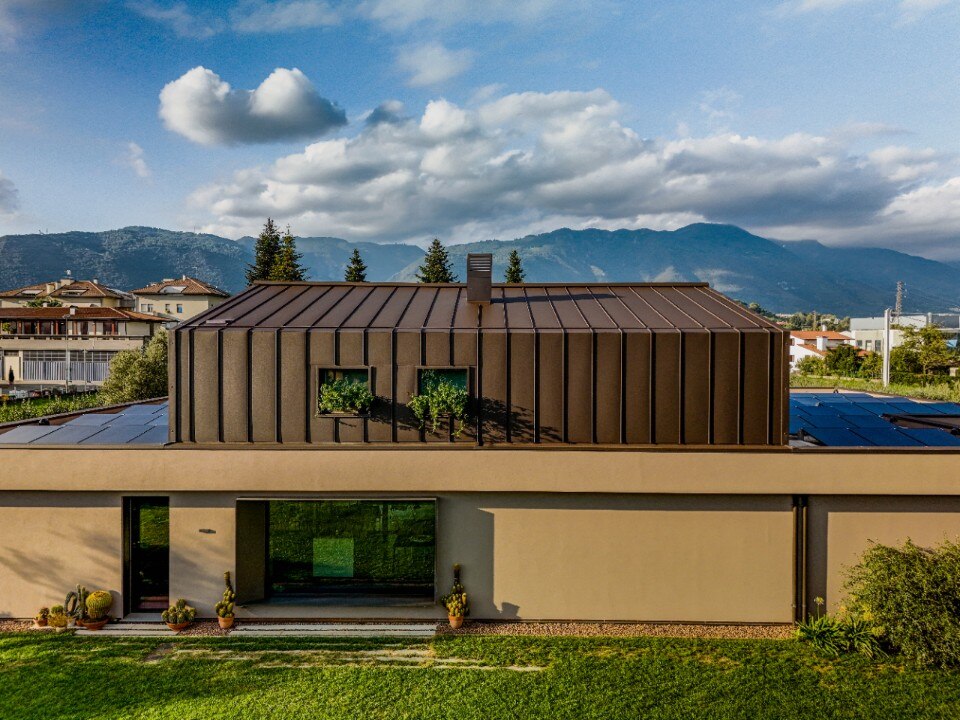
A house turns its back on the road to open up to the landscape
The single-family house project designed by Elena Gianesini engages in a dialogue with the Vicenza landscape, combining tranquility and contemporary style through essential geometries and the Mazzonetto metal roofing.


